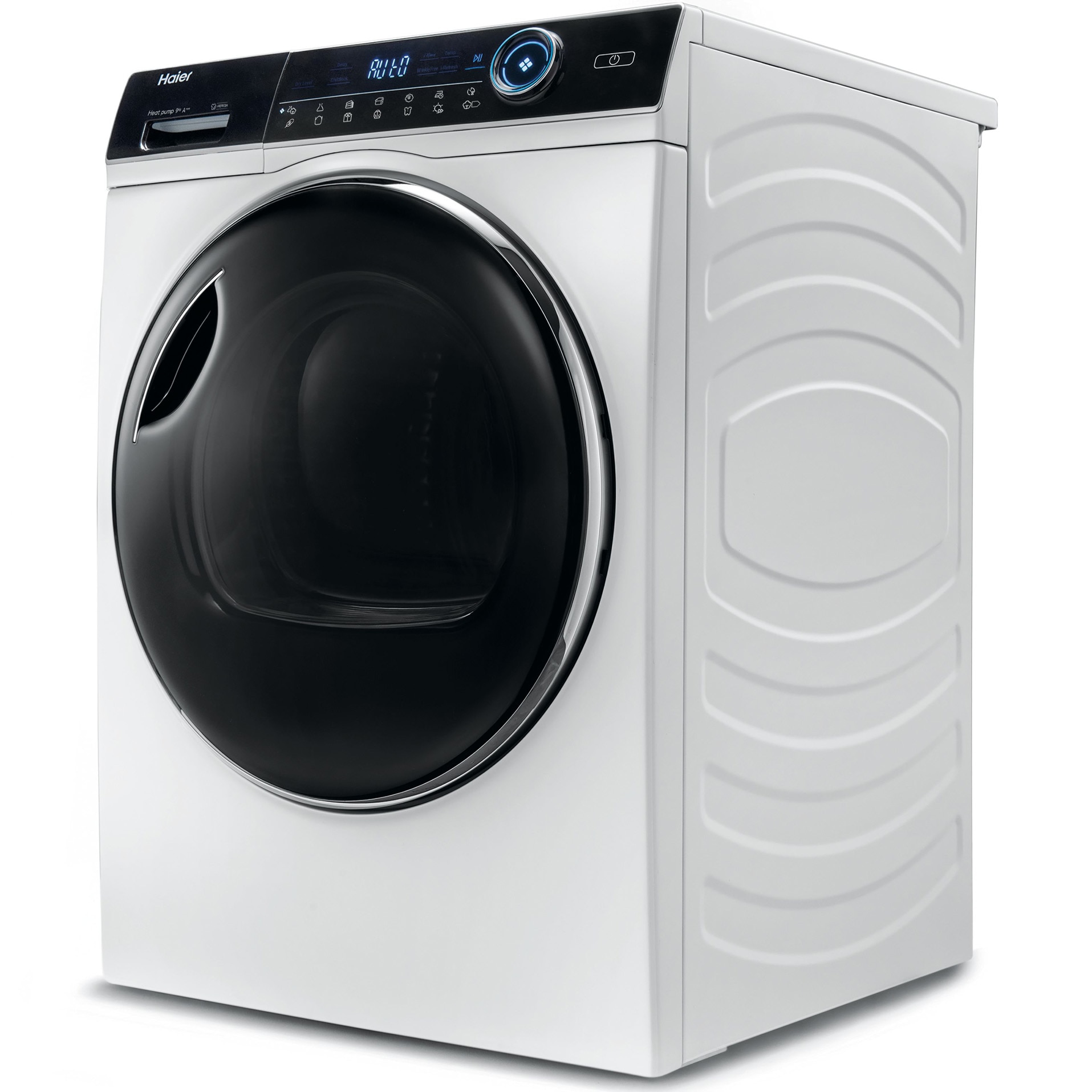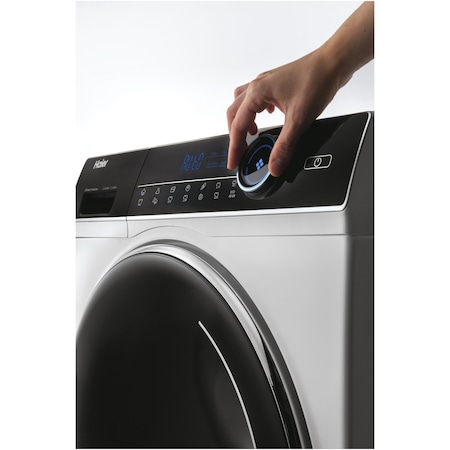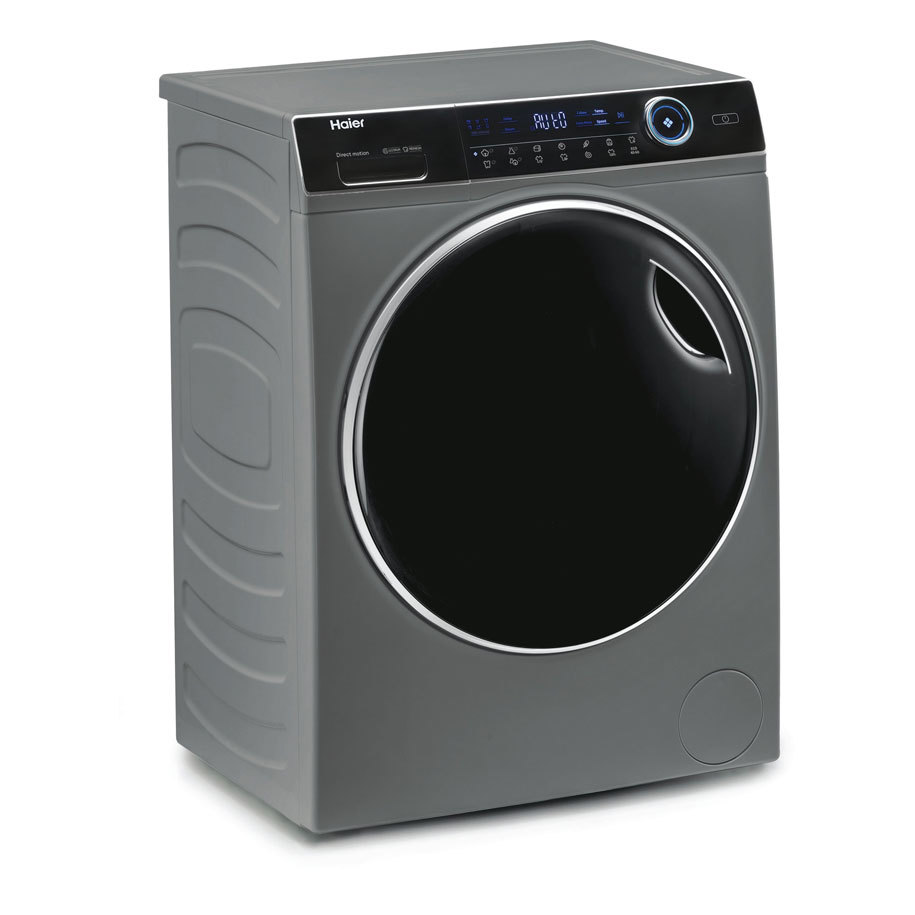
Сушилня Haier HD90-A2959, Термопомпа, 9 кг, Клас A++, 11 програми, Motor inverter, Wi-Fi, iRefresh, Dry Sensor, Pillow drum, iTime, Triple filter, Бял - eMAG.bg

Сушилня Haier HD80-A3959-S, Термопомпа, 8 кг, Клас A+++, Wi-Fi, Мотор Inverter, iRefresh, Dry Sensor, Pillow drum, iTime, Троен филтър, Бял - eMAG.bg

Сушилня Haier HD80-A3959-S, Термопомпа, 8 кг, Клас A+++, Wi-Fi, Мотор Inverter, iRefresh, Dry Sensor, Pillow drum, iTime, Троен филтър, Бял - eMAG.bg

Сушилня Haier HD90-A2959, Термопомпа, 9 кг, Клас A++, 11 програми, Motor inverter, Wi-Fi, iRefresh, Dry Sensor, Pillow drum, iTime, Triple filter, Бял - eMAG.bg

Сушилня Haier HD90-A3979-S, Термопомпа, 9 кг, Клас A+++, Инверторен мотор, iRefresh, Dry Sensor, Pillow Drum, 14 програми, LED дисплей, Тouch Control, iTime, Бял - eMAG.bg

Сушилня Haier HD80-A3959-S, Термопомпа, 8 кг, Клас A+++, Wi-Fi, Мотор Inverter, iRefresh, Dry Sensor, Pillow drum, iTime, Троен филтър, Бял - eMAG.bg




















